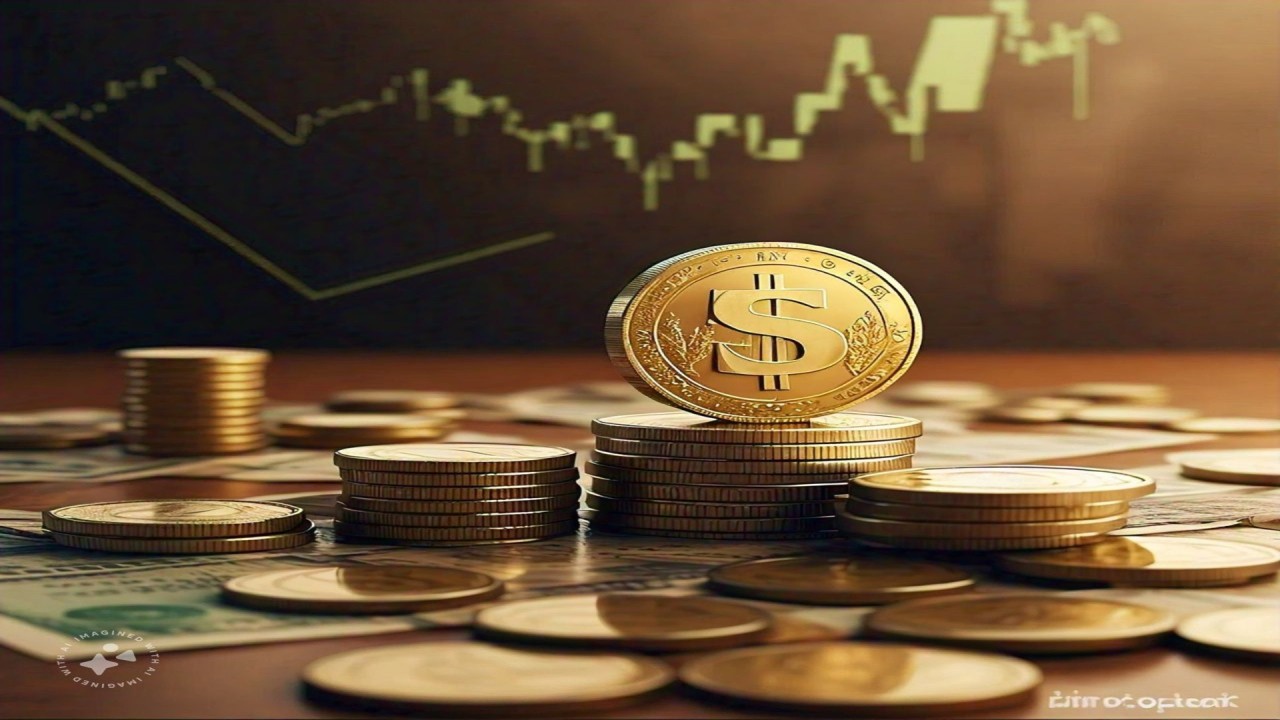The U.S. economy has shown high resilience in several aspects, with its cooling inflation growth, low unemployment and a steadily growing gross domestic product (GDP). However, there are still many persisting challenges, as debt delinquencies increase, housing costs soar, household debt stays high and personal savings rates go low. As Kavan Choksi Professional Investor says, while total economic collapse is unlikely in 2024, many Americans may experience difficulties due to elevated rates and still higher-than-ideal inflation.
Kavan Choksi Professional Investor marks key U.S economic trend predictions for 2024
Economic growth in the United States is likely to decelerate in 2024, as the impact of monetary policy takes a broader toll and post-pandemic tailwinds fade. Its real GDP growth is expected to walk the line between a slight expansion and contraction for a good part of 2024, a situation also known as a soft landing.
Subsequent to tracking to a better-than-expected 2.8% real GDP growth in 2023, a below-trend 0.7% pace of expansion is forecasted for 2024. Among the prime components of GDP, consumer spending is likely to go up at somewhat a muted pace in 2024, while fiscal spending may get to a modest drag. Notable drops in housing activity and business investment in 2023 had additionally set the foundation for improved performance in 2024.
Here are some of the prime United States economic trend predictions for 2024:
- Mortgage rates may dip below 6.00%: The average interest rate for 30-year fixed mortgages is expected to fall to about 6.00%, or even lower, by the end of 2024. Stabilized mortgage market is expected even with the associated uncertainties, particularly if inflation does show signs of improvement and the bond market stays less turbulent.
- Inflation to ease but not hit the Fed’s target: Year-over-year inflation growth is likely to fall to the mid-2% range, which would indicate improvement in comparison to 2023. While not reaching the Federal Reserve’s target, this trend does suggest a more stable pricing environment, and lower the odds of sudden, major price spikes.
- The housing market may see moderate activity: Lower mortgage rates are likely to elevate demand from the homebuyers, but affordability challenges shall persist. The market is not likely to reach the intensity of the pandemic era in 2024, and the additional housing supply is also not expected to cause any such drastic price movements. Real estate trends would vary across local markets.
- Federal Reserve expected to cut rates: It is expected that the Federal Reserve would cut rates in 2024, ideally somewhere near the summer. Gradual reductions are expected, which would indicate the confidence of the Federal Reserve in addressing inflation related concerns and lowering borrowing expenses for consumers.
- Moderate increase in unemployment: A in the unemployment rate by 30 to 50 basis points is expected, as consumers and businesses navigate relatively high interest rates. However, even with this increase, the unemployment rate is expected to remain within manageable levels.
As Kavan Choksi Professional Investor underlines, while economic growth may slow in 2024, a recession is unlikely to occur. The U.S. economy has demonstrated resilience over time, and even if its growth moderates, it is expected to avoid any major contraction.




